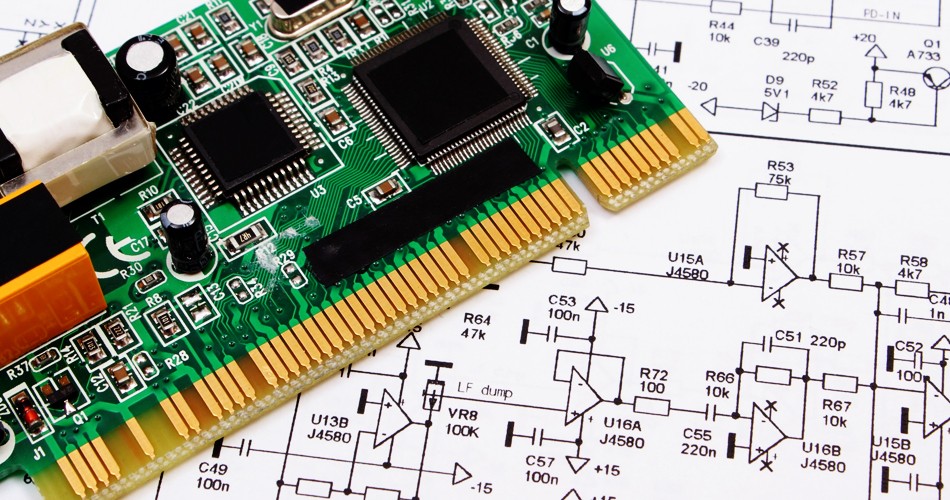- English
- Español
- Português
- русский
- Français
- 日本語
- Deutsch
- tiếng Việt
- Italiano
- Nederlands
- ภาษาไทย
- Polski
- 한국어
- Svenska
- magyar
- Malay
- বাংলা ভাষার
- Dansk
- Suomi
- हिन्दी
- Pilipino
- Türkçe
- Gaeilge
- العربية
- Indonesia
- Norsk
- تمل
- český
- ελληνικά
- український
- Javanese
- فارسی
- தமிழ்
- తెలుగు
- नेपाली
- Burmese
- български
- ລາວ
- Latine
- Қазақша
- Euskal
- Azərbaycan
- Slovenský jazyk
- Македонски
- Lietuvos
- Eesti Keel
- Română
- Slovenski
- मराठी
- Srpski језик
Hardware security and cryptography considerations in PCBA design
2024-04-30
Hardware security and cryptography considerations are very important in PCBA design, especially for applications that need to protect data and prevent unauthorized access. Here are some key points to consider for hardware security and cryptography:

Hardware Security Considerations:
1. Physical Security: PCBA design should consider physical security, including limiting physical access and using secure enclosures and seals to protect the device from physical attacks.
2. Hardware protection: Use hardware security modules (HSMs) or specialized chips to store and process sensitive information, such as encryption keys. These modules provide physical and logical isolation, making it more difficult for attackers to obtain information.
3. Unclonable Identifiers: Embed unclonable hardware identifiers into devices to ensure device uniqueness and can be used for device authentication.
4. Boot security: Design a secure boot process to ensure that the device verifies the integrity of the firmware at boot and loads only trusted code.
5. Monitoring and reaction mechanisms: Integrate monitoring mechanisms to detect abnormal behavior and take measures to limit damage. This includes detecting intrusion attempts, anomalous data traffic, and more.
6. Power and clock management: Use reliable power management and clock sources to prevent clock attacks and power side channel attacks.
Cryptographic Considerations:
1. Strong cryptography algorithms: Use security-audited cryptography algorithms in PCBA design to protect data, including symmetric encryption (such as AES), asymmetric encryption (such as RSA or elliptic curve cryptography), and hash functions.
2. Key Management: Implement a strong key management strategy, including generating, storing, exchanging, and rotating encryption keys. Keys should be stored in secure hardware modules and protected physically and logically.
3. Random number generation: Randomness is crucial to cryptographic security. Make sure the device has a high-quality random number generator for cryptographic purposes.
4. Authentication and Authorization: Use authentication mechanisms to verify the identity of users or devices and implement authorization policies to ensure that only authorized entities can access sensitive data.
5. Encrypted communication: Use encryption protocols in PCBA design, such as TLS/SSL, in communications between devices to protect the confidentiality and integrity of data during transmission.
6. Vulnerability management: Regularly update device firmware to fix known vulnerabilities and establish a vulnerability management process to deal with new security threats.
7. Security auditing and monitoring: Log security events and actions to audit and monitor device security.
These hardware security and cryptography considerations will help protect data and devices on the PCBA from a variety of security threats, including physical attacks, cyberattacks, and data leaks. In PCBA design, it is necessary to cooperate with security experts to ensure that a comprehensive security strategy is implemented.
-
Delivery Service






-
Payment Options









